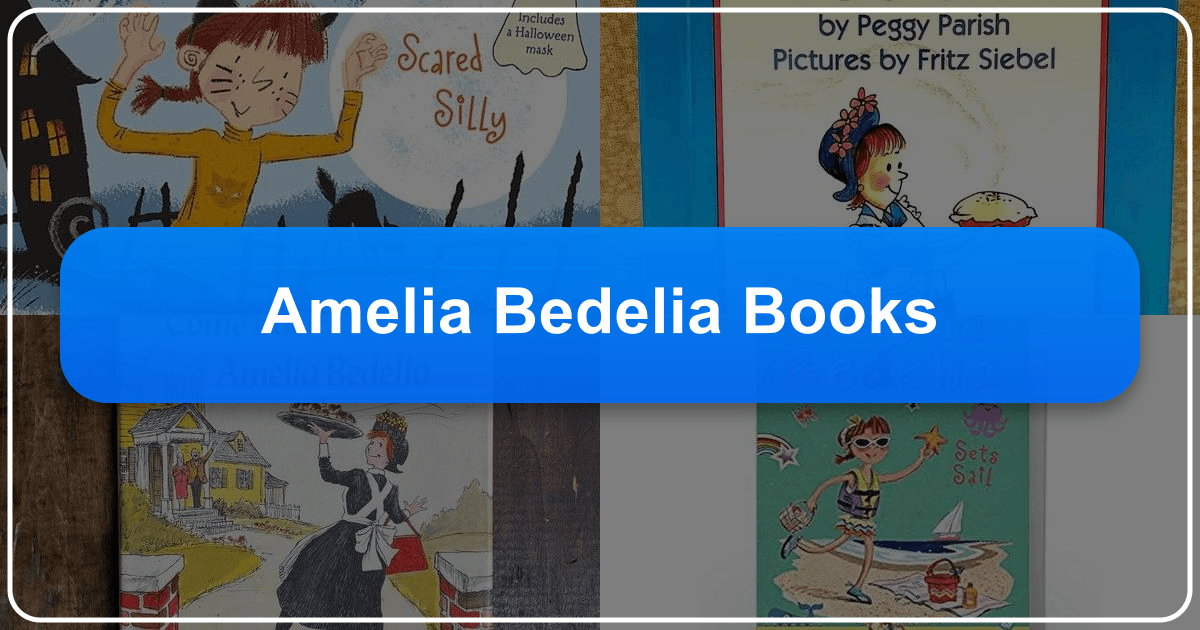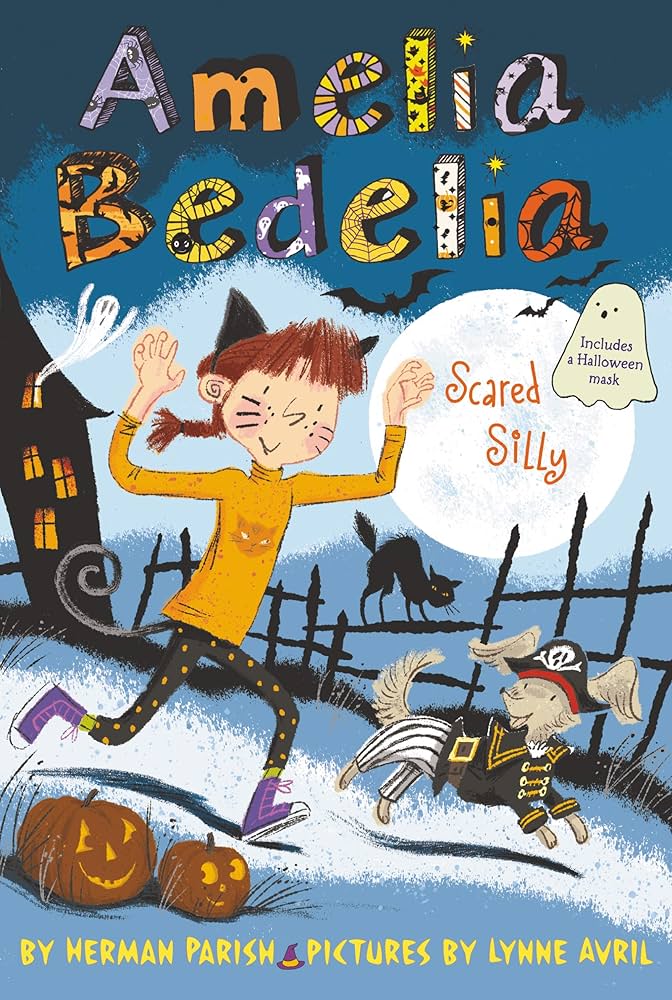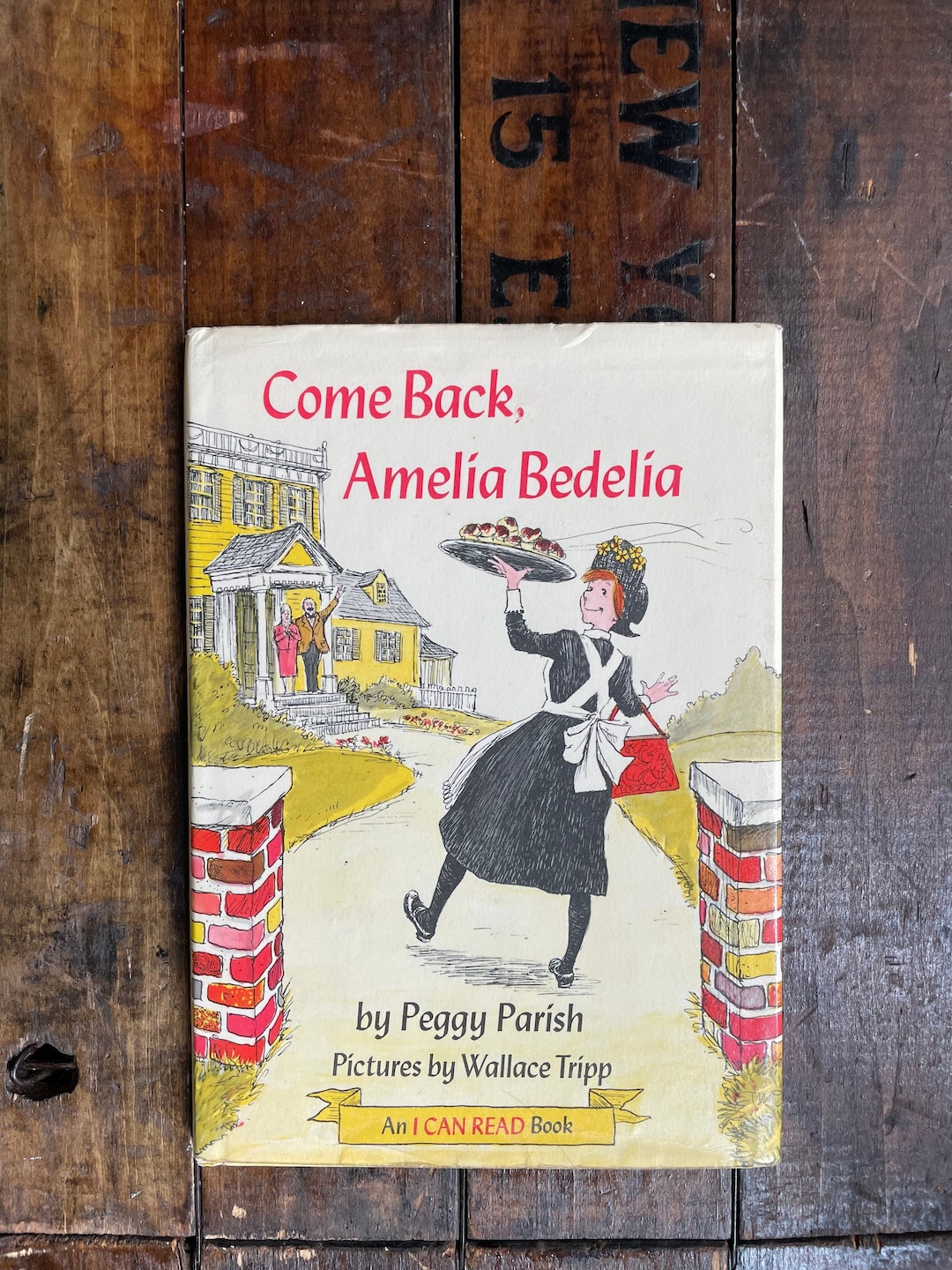Amelia Bedelia Books: A Comprehensive Exploration

The Amelia Bedelia books, a beloved series of children’s literature, have captivated young readers for generations with their charmingly literal-minded protagonist and humorous misunderstandings. This exploration delves into various aspects of the Amelia Bedelia phenomenon, examining the books themselves, their author, their educational value, their presence in libraries, and their lasting cultural impact.
The Amelia Bedelia Book Series: A Literary Landscape
The Amelia Bedelia series, primarily authored by Peggy Parish and later continued by her nephew, Herman Parish, falls squarely within the Children’s Picture Book and Early Chapter Book genres. The books are categorized as classics due to their enduring popularity and influence on children’s literature. While not consistently appearing on modern bestseller lists, their consistent sales and continued reprints solidify their place as a timeless series. New releases within the series, such as those by Herman Parish, have successfully refreshed the franchise, introducing a new generation to the endearing character. The original I Can Read! series targeted beginner readers, with longer sentences and more complex vocabulary than Level 1, gradually increasing in complexity with subsequent books. Numerous book reviews, consistently positive, highlight the books’ ability to evoke laughter and engage young readers. While the original books were picture books, the expansion of the series into chapter books has broadened the appeal to older children.

Genre and Target Audience
The Amelia Bedelia books are primarily targeted towards young children, specifically those in the early stages of reading development (Kindergarten-3rd grade). The early books are heavily illustrated picture books, designed for shared reading experiences between children and adults. The later chapter books aim for independent readers, offering longer text sections and more complex sentence structures while retaining the humor and playful language that define the series. The genre blends elements of humor, comedy, and early literacy instruction, making the books both entertaining and educationally valuable. The use of simple language combined with illustrations makes them accessible to a wide range of young readers and encourages a love of reading.
The Enduring Appeal of Amelia Bedelia
The enduring appeal of the Amelia Bedelia books rests on several key factors. The main character’s literal interpretations of everyday phrases create situations that are both humorous and relatable to young children who are themselves learning the nuances of language. The simple, repetitive language structure found in the early readers allows young children to follow along and build confidence in their reading abilities. The bright and engaging illustrations support the text, enhancing the reading experience. Furthermore, the character of Amelia Bedelia is persistently positive and good-natured, reinforcing positive learning. The books do not overtly teach lessons, but they subtly introduce concepts like responsibility, communication, and perspective. This creates an indirect learning environment, which is inherently engaging and less didactic for young readers. Finally, the versatility of the Amelia Bedelia character has allowed for numerous iterations, keeping the series fresh and relevant across decades.

Peggy Parish and Herman Parish: Authors of Laughter
Peggy Parish (1927–1988), the creator of Amelia Bedelia, was a teacher who drew inspiration from her own experiences and her observations of children’s language development. Her writing style is characterized by its simplicity and its focus on humor, generating both laughter and genuine learning. Her approach reflects a deep understanding of children’s cognitive development, allowing children to easily engage with her story while learning and building their vocabulary skills. The illustrations are an integral part of the storytelling, complementing the text and adding an extra layer of amusement. Her inspiration came from a variety of sources, including her own family (a cousin who took instructions very literally) and her students who would often misunderstand instructions due to their limited vocabularies. These misunderstandings formed the basis of many of the humorous situations in the books.

Herman Parish, Peggy’s nephew, has continued the legacy of Amelia Bedelia, authoring new stories that maintain the spirit and humor of the original series while adapting the stories and language for a modern audience. His writing style shares a similar simplicity to his aunt’s, prioritizing clear, concise language while ensuring the comic element remains prominent. He, too, demonstrates an awareness of children’s literacy needs. His contributions include the extension of the series into chapter books, catering to children’s developing reading skills. His approach maintains the spirit of the original series while developing its narrative and characters for a growing audience. He is keen to integrate the concept of imaginative play in his stories, making reading more engaging for children.
Writing Styles and Inspirations
Both authors employ a straightforward, engaging writing style tailored to a young audience. The narrative voice is simple and clear, allowing even the youngest readers to follow the storyline easily. The humor is derived from the deliberate misunderstandings of idiomatic language, creating comical situations that resonate with children. The core inspiration for the series lies in the real-world observations of children’s language development and the creative use of literal interpretation, creating funny and memorable scenes. The illustrations in the original books (by Fritz Siebel) and the later chapter books (by Lynne Avril) further enhance the comical nature of the scenarios. The illustrations are bright, cartoonish and consistent, complementing and adding to the humor of the text.
Reading, Learning, and Life Lessons in Amelia Bedelia
The Amelia Bedelia books offer significant educational value, particularly in the area of language development and reading comprehension. The books teach children about idioms and figurative language in a fun, engaging way, helping them differentiate between literal and figurative meaning. The simple text and illustrations provide a good model for early readers, and the consistent use of familiar vocabulary provides repeated exposure and reinforcement of these key words. They offer children gentle life lessons about communication, responsibility, and the importance of clarity in instructions. Although not explicitly stated, the books highlight the consequences of miscommunication and the need for clearer communication. The positive nature of Amelia Bedelia encourages readers to embrace mistakes as learning opportunities.
Reading Amelia Bedelia can cultivate positive reading habits in young children. The humorous nature of the stories and the engaging illustrations make reading enjoyable, encouraging children to engage with books. The short chapters and simple language of the chapter books make them accessible for children in the early stages of reading independently. The use of repetition and predictable sentence structure in many of the books supports the development of fluent reading. The characters and the situations in Amelia Bedelia stories are relatable to young children’s experiences, further increasing engagement.
Summaries and Educational Value
Each Amelia Bedelia book presents a series of humorous scenarios built around Amelia Bedelia’s literal interpretation of instructions. This allows for repetitive reading, reinforcing vocabulary and improving comprehension. The books are designed to be shared, read aloud, and discussed, enhancing their educational impact. The inherent humour provides an indirect method of teaching concepts, without being overly didactic. The series provides opportunities for teaching and learning vocabulary, idioms, and the complexities of communication.
Amelia Bedelia in Libraries: Accessibility and Preservation
The Amelia Bedelia books are widely available in both public libraries and digital libraries. Their presence in public libraries ensures accessibility for children from diverse backgrounds, fostering literacy and enjoyment of reading. Digital versions facilitate wider access and convenience, allowing children to access the books from anywhere. While it is unlikely that the Amelia Bedelia books would reside in rare collections or archives, given their mass production and wide distribution, their significance in children’s literature history might lead to preservation efforts for significant editions in some specialized archives.
The Cultural Impact of Amelia Bedelia
The Amelia Bedelia series has had a significant cultural impact, influencing children’s literature and shaping young readers’ understanding of language. The books’ literary influence can be seen in subsequent works that employ similar humor and storytelling techniques centered around language. The books have seen adaptations into various formats, including television shows and educational materials, extending their reach to a wider audience. While the books may not have received major literary awards, their consistent popularity speaks volumes about their significance in children’s literature. The creation of online communities and fan pages around the books demonstrate the books’ cultural impact and their ability to foster a sense of community amongst both children and adults.
Literary Influence and Adaptations
The Amelia Bedelia books have significantly influenced children’s literature, inspiring authors to explore similar themes of literal interpretation and humor. Their consistent positive reception has influenced how authors create stories to engage young children with humour and repetition. The series has been adapted into various media, including television adaptations and various merchandise, contributing to its wide reach and cultural impact.
This extensive exploration demonstrates the multifaceted nature of the Amelia Bedelia books and their enduring appeal. They are not simply children’s books; they are a cultural phenomenon that transcends generations, fostering literacy, promoting humor, and leaving a lasting legacy on the world of children’s literature.